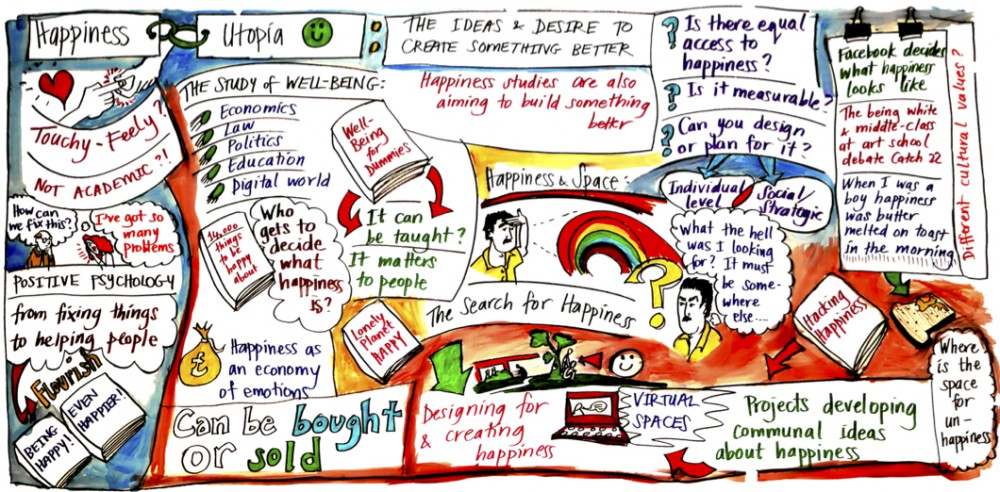• Final Draft of research proposal and annotated bibliographies due in portfolio
• First Draft of research essay due
Speaking on the remainder of the semester: a lot of the work is bulked up and left for the ending of the course so that we have the opportunity to produce better work because of the progress we’ve made. There are also a lot of chances to bring up your grade. If feeling stressed/overwhelmed see Professor Belli.
• What’s left of our semester
– 12/4: Peer review comments (might get comments from prof. Belli)
– 12/9: Writing workshop (all comments from prof. Belli will be recieved)
-12/11: Writing workshop
-12/16: Final draft of research essay. Party. Review on finals & practice for the final exam.
Final 10% Essay 20% Proposal/Annotations 10%
You can use the rest of this time to go to prof. Belli during her office hours and check on updated work or visit learning center.
If you don’t turn in a first draft to the research essay, you will not be able to receive feedback from Prof. Belli nor your peers. You can still come in to ask about the project but no direct feedback.
• Getting into peer review groups
Group 1
Lily, Dominique and Indira
Group 2
Marie, Jocelyn and Tinika
Group 3
Kelsey, Jack and Arlene
Group 4
Mirna, Carina, Greys and Jacob
Group 5
Tanaye, Lucy, Dulce and Natasha
• Discussion on peer review
Peer review is very important. If you don’t do it completely and thoughtfully you will get a grade lower. If you come come late or don’t show up at all, you also get a grade lower.
* Do not skip final comment! Most important part where you share what your thoughts were. Also make sure to have a works cited page.
Final grades are non-negotiable.
IF you truly believe there is an error, then email the professor.
Final exams are not returned, the school keeps them.
Final drafts are returned to you on thursday 12/18 with a letter grade, if you want to discuss the grade and how you got it, see professor Belli.
At the end of the course we will be writing a reflection of the course.
Prof. Belli: What were somethings you struggled with during this essay?
Class: Focused/narrowed down, defining terms, research, 3rd person, not all facts and citations.
Your research should continue even though the annotated bibliographies have been turned in.
* Experiences aren’t supposed to be incorporated but if you really wish to include one, speak to the professor.
Color coding: everything that sounds the same is highlighted so that they can be grouped together.
Often peoples ideas are jumbled together, so if it is color coded it can help the person put the same ideas together and regroup them. (could also do this on your own papers while doing peer review) Think about how to expand your own papers and ideas.



